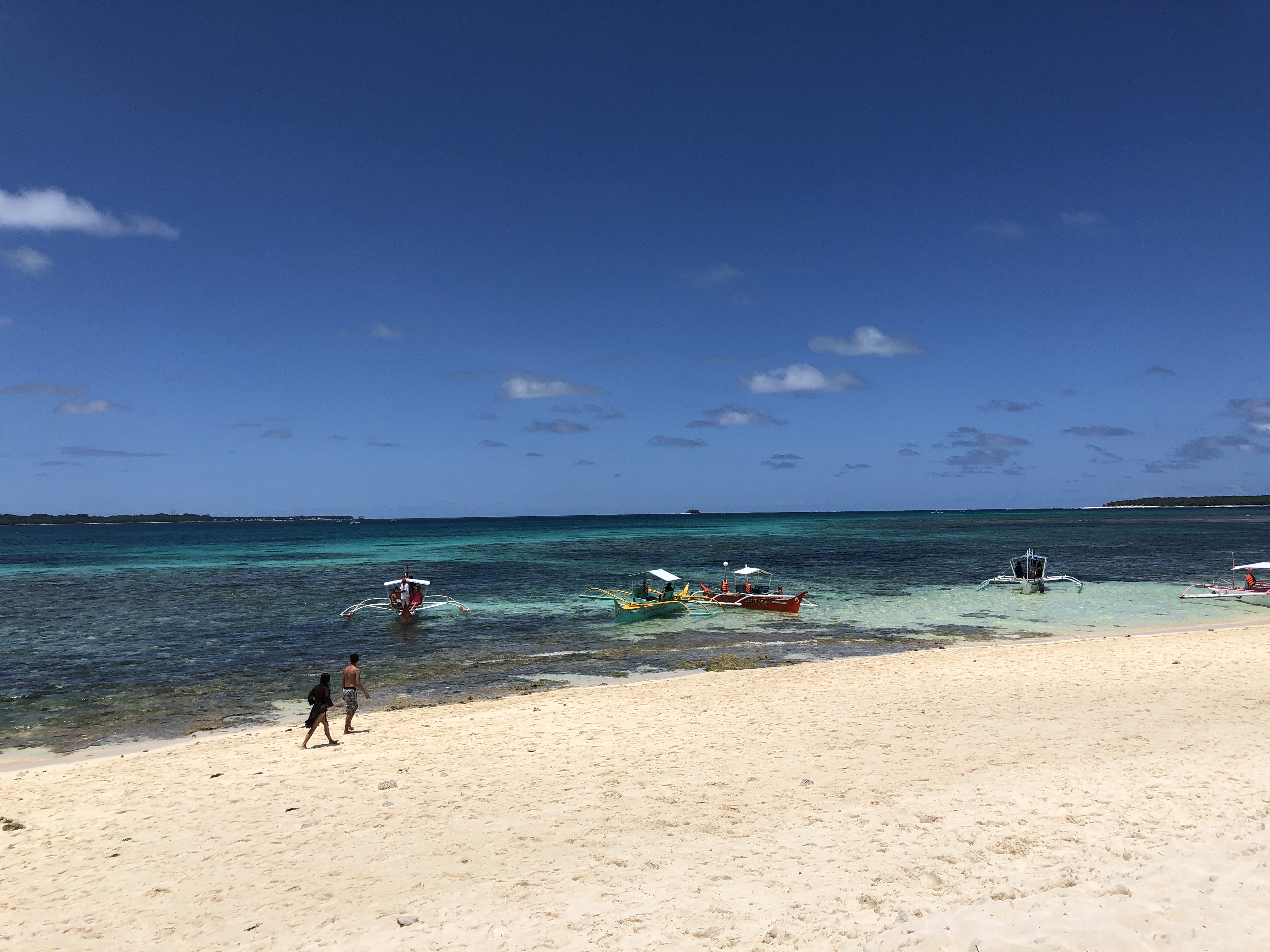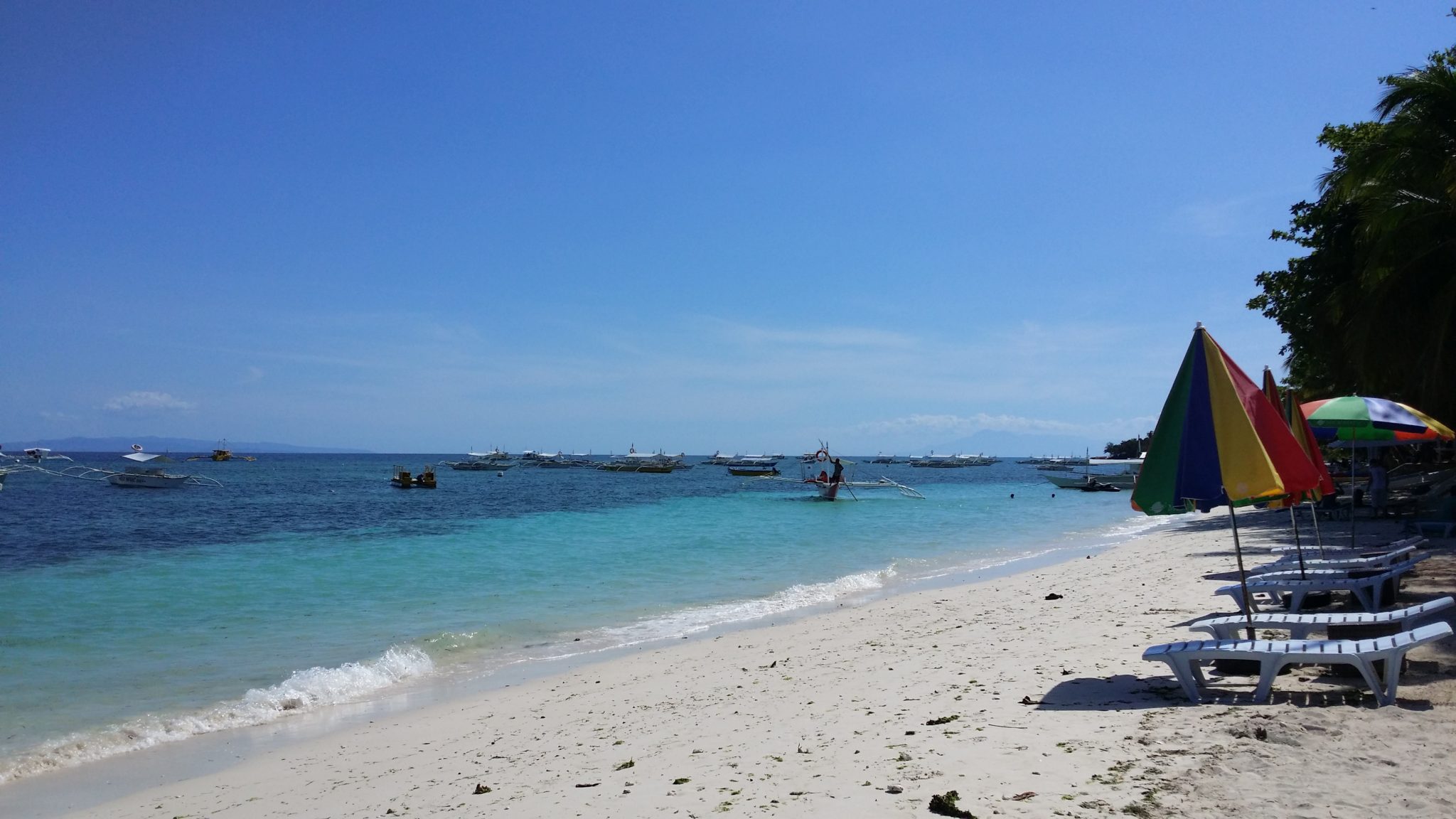
Have you heard of Siargao Island in the Philippines? It is the number one island in Asia to visit according to the Conde Nast Readers’ Choice Awards survey in 2018. Siargao: The “teardrop-shaped Philippine island home to more than 15 separate surf breaks, including the legendary Cloud 9, which has been popular for a few years.

Initially drawn to Siargao (shar-gow) by good year-round waves and a tranquillity and beauty lost in other Philippine islands, a small group of passionate Westerners and now Filipino surfers are still living the good life. Even with a marked surge in development over the last several years, more hotels and flights and better roads, the island’s laid-back resorts are still the norm.

Besides amateurish surfers, low-key do-it-yourself types do well here and prolong their stay by weeks. There are rock pools, mangrove swamps, twisty rivers, offshore islands with strange rock formations and wildlife, waterfalls and forests, with hammock sitting the usual coda to any day. There is just so much to do in Siargao that our three days here was not enough to accomplish everything.

Three island hopping tour
The first of our adventure started with the three islands – Naked Island, Daku and Guyam. The easiest way is to go to the General Luna pier to arrange for your boatman (₱1500) for the boat which will bring you and up to a maximum of 5 other passengers to these islands. It is not necessary to go in the morning unless you have other activities lined up. For the two of us, we had a private boat to us. Besides that, we also had to pay a fee of ₱50 each to the official on duty as part of the environmental conservation fee.

Naked island fits the description of beach destination — fine white sand and cool clear waters. It got its name because of its ‘nakedness’; there’s no shade or almost anything on the island. A group of guys were playing beach volleyball while we were there while others were busy sunbathing under the scorching hot sun. We dipped in the turquoise blue sea waters to much delight.


Next was Daku island, the biggest among the trio. Coconut trees lined up the coast and provided some shade. There are also sheltered villas for people to have lunch (rental at ₱300). This island is also home for the locals who earn income from tourism.

Lastly, Guyam island which is considered a private island. It has some photospots and a rocky coastline, in contrast to the fine sand of the other two islands.


Cloud 9 Surfing

After the island hopping tour, we drove to Cloud 9 pier to catch the sunset. This place is the mecca for surfers because of its huge waves from the Pacific Ocean. There is also a section nearer to the shore with gentler waves, a good place for amateurs to pick up the spot. It has one of the most well-known waves world wide and one of the best in the Philippines, is a perfect barreling right hand reef break that can be both fun and challenging. The sunset here was also spectacular as we climbed up to the third storey of the watchtower overlooking the ocean.

Sugba Lagoon

On the second day, we woke up early to head over to Del Carmen pier (one hour drive from General Luna) to catch a boat to Sugba Lagoon. Since it was the Easter weekend, it was full of domestic tourists and we had to wait for several hours before the next boat was finally available to take us to the lagoon.

A trip to this lagoon with emerald waters and limestone cliffs can be enchanting, as long as you don’t mind the growing number of other travellers enjoying the same. You can jump from the rickety platform, snorkel, paddle on a surfboard or stand-up paddleboard and just generally relax. Motorised boat trips through the mangroves from Del Carmen to Sugba cost ₱1600 per boat (can seat up to 6 pax), plus an additional ₱100 per person for the environmental fee.

We had a fun time doing the bamboo rafting (₱300 for one hour) in the lagoon. Random Filipinos would swim up to our raft and ask to take photos of themselves on it. We should have charged them for it! The raft is quite big so it can even fit 10 people on it without sinking. We also took turns to try kayaking in the lagoon by borrowing someone’s kayak. To end off the session, I did the platform diving into the emerald lagoon as the sun was setting. The water is deep and you can do all kinds of stunts from the diverboard. There were some locals who climbed all the way to the top, only to back out from the jump at the last minute as they became afraid.


Magpupungko Tidal Flats

Not far north of Pilar is Magpupungko, a beach with a number of crystal-clear swimming holes at low tide; it’s only a half-hour boat ride (per boat ₱800) from Cloud Nine, and gets crowded with locals on weekends. Time your visit properly, since these naturally created pools only become visible at low tide. The entrance fee to Magpupungko is ₱100 per person and ₱20 for the moto parking fee. Several kiosks serve up seafood lunches and fresh buko (coconut). We visited the tidal flats around noon and there were many locals. It is a short half an hour bike ride from Del Carmen to Magpupungko.

Some of the pools were so hot because the water had been heated up by the sun. If you would like to climb up the rocks to jump into the lagoon, do bring your footwear along because the rocks are as sharp as spikes. Many local children were seen jumping off the rocks repeatedly and it was a wonderful way to cool off in the sweltering heat.

Tayangban Caves

On our last day, we went to Tayangban Cave (entrance fee ₱150 per person), a twin cave situated right off the Siargao Circumferential Road in Pilar, Surigao Del Norte. The cave, was named after Siargao’s famous cave diver Bartolome “Toloi” Daclan.

It was an adventurous experience for us because we needed to put on a lifeguard and helmet. In my mind, I was wondering why do we need such safety equipment to enter the cave. Soon after, we found out the reason as we were submerged chest deep in the water and with the aid of the torchlight from our guide, we were traversing the cave in darkness. Bats screeching up in the cave as they fluttered their wings. Our guide warned us not to open our mouths. It was an exhilarating experience indeed because we experienced tidal currents in some parts of the cave and had to swim with more force in order to catch up. Finally, at the end of the cave, there was an opening leading to a lagoon, yet again another place for cliff jumping. This was our first time experiencing swimming in a cave and we totally enjoyed this novel adventure!


Along the way to Tayangban, we passed by a viewpoint overlooking a valley of lush verdant coconut trees, with some mountains in the backdrop. It was a picture-perfect spot. We stopped at this place for breakfast as well, enjoying our egg hamburger with the scenic views in front of us.


Sohoton National Park
Another place worthy of checking out is Sohoton National Park, which we had to give it a miss because of the lack of time. This maze of inlets on the island of Bucas Grande is a two-hour boat ride (₱4500 per boat due to the longer distance) from southern Siargao. The scenery from the boat in itself, justifies the trip for some. Non-stinging jellyfish (also found in Palau) float in the emerald waters, and you can jump from a platform near the cave entrance. Once crowded with day-trippers, these days it’s taken a back seat to Sugba Lagoon, which involves a less demanding journey. Apparently, April is not the season for jellyfish yet, so there were few to admire in the lagoon.


It was an action-packed long weekend in Siargao. Before we knew it, we were on our way back to the airport and leaving behind fond memories in this number one island to visit in Asia. With more marketing and word-of-mouth, Siargao is only going to get more crowded with each passing week. The infrastructure on the island is quite developped, but do not expect to find minimarkets or fast food chains like Jollibee, McDonalds etc. The electricity supply is also not that stable so we experienced blackout each night for a couple of minutes before the backup generator powered on the lights again.

Getting there: Fly from Manila to Cebu (or straight to Cebu from Hong Kong or Singapore), and then take a short flight to Sayak Airport (Siargao Island). We flew from Singapore to Cebu on Cebu Pacific airlines, then connected to Cebgo from Cebu to Siargao. Cebgo is the domestic low-cost airline subsidiary of Cebu Pacific.

For getting around Siargao island, it is best to rent a motrobike for convenience (from ₱400 a day). If you are not confident of driving a motorbike, there is also car rental with driver from ₱2500 per day. Otherwise, public transport around the island is limited to trishaws starting from ₱50 per ride around General Luna to ₱700 for longer distances. We managed to bargain from the price between the airport and General Luna for ₱450 per ride.


